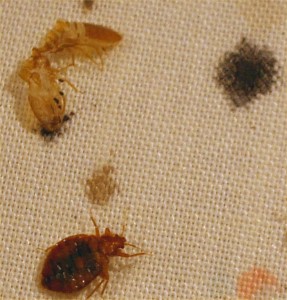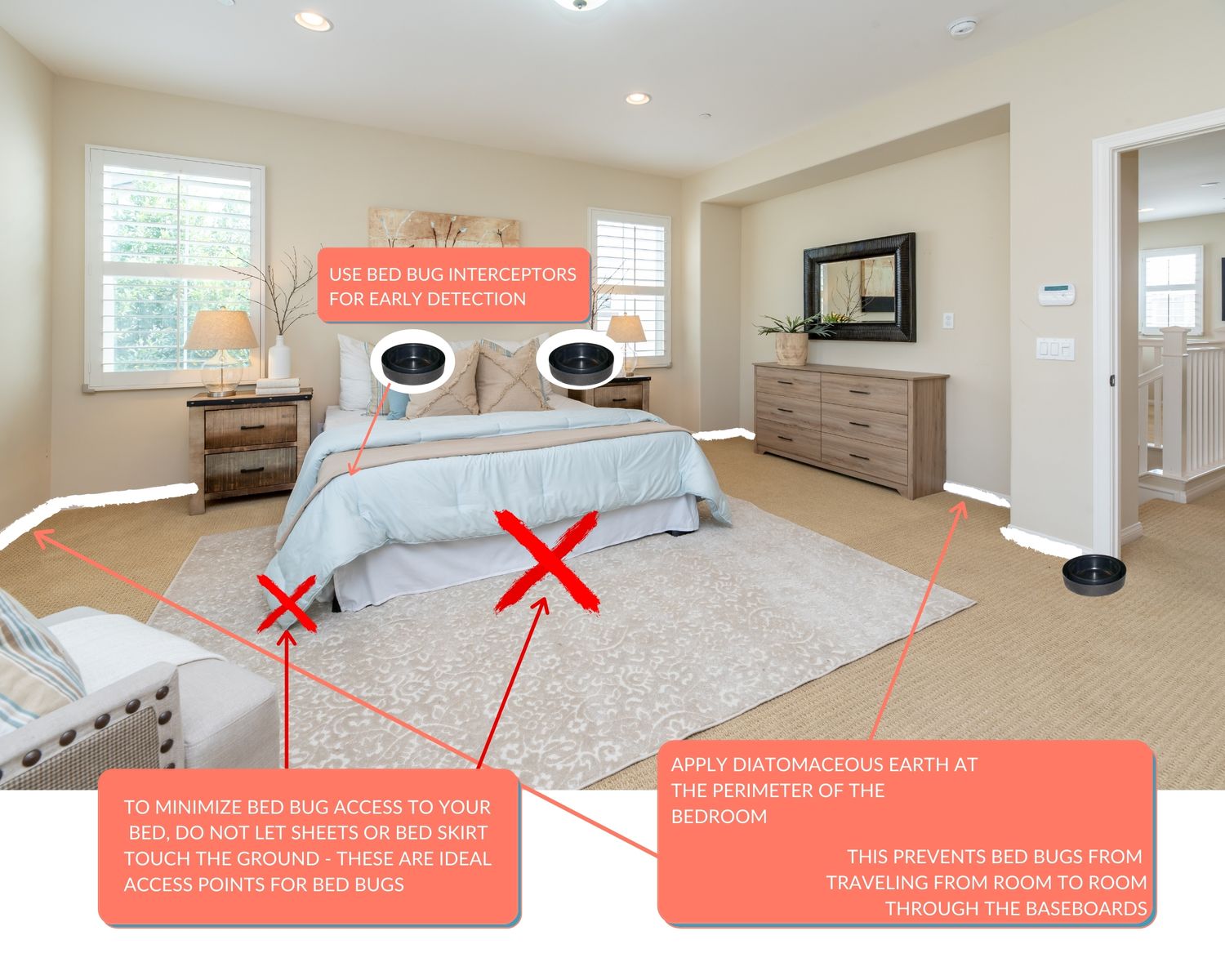Bed bugs move between rooms by hitching a ride on furniture, clothing, or luggage. They can also crawl through cracks and crevices in walls or floors.
Dealing with a bed bug infestation can be a frustrating and stressful experience. These tiny pests are skilled at hiding and can quickly spread from room to room, making it essential to understand how they move. By knowing the common ways bed bugs travel between rooms, you can take proactive measures to prevent their spread and protect your home.
We will explore the various methods bed bugs use to move between rooms and provide tips on how to stop them in their tracks. Understanding their movements is a crucial step in effectively eradicating these unwanted visitors from your living spaces.

Credit: www.health.ny.gov
How Bed Bugs Move Between Rooms?
Bed bugs are crafty pests that can easily move between rooms, causing infestations in homes, hotels, and other living spaces. Understanding how bed bugs move between rooms is crucial in preventing their spread and controlling their presence.
Hitchhiking On Clothing Or Belongings
Bed bugs often hitchhike on clothing, bags, and belongings, allowing them to move effortlessly from one room to another.
Crawling Through Cracks And Crevices
These pests can crawl through tiny cracks and crevices in walls, floors, and furniture to access different rooms.
Traveling Through Electrical Or Plumbing Openings
Bed bugs can use electrical or plumbing openings to travel through walls and reach new areas within a building.
Using Luggage Or Bags
When people travel with infested luggage or bags, bed bugs can easily move between rooms in hotels, homes, or other accommodations.
Infestations In Adjacent Rooms
If one room is infested, bed bugs can quickly spread to adjacent rooms through shared walls or spaces.
Transportation Through Shared Furniture
Bed bugs can hide in shared furniture, such as couches or chairs, and be unknowingly transported to different rooms in a residence.
Hidden In Books Or Papers
These pests can also hide in books or papers, allowing them to be carried from room to room without detection.
Moving Along Baseboards Or Wall Edges
Bed bugs may move along baseboards or wall edges to navigate between rooms, avoiding detection and spreading their population.

Credit: bedbugsos.ca

Credit: bedbugsos.ca
Frequently Asked Questions On How Bed Bugs Move Between Rooms?
How Do Bed Bugs Spread Between Rooms?
Bed bugs can hitchhike on clothing, luggage, or furniture, spreading from one infested area to another. They are adept at traveling through wall voids or electrical paths, making it easy for them to move between rooms within a building.
Can Bed Bugs Move Between Apartments?
Yes, bed bugs can easily move between apartments through walls, ceilings, and floors. They are skilled at navigating through shared spaces, such as electrical conduits and plumbing lines. Additionally, they can also spread through infested furniture or belongings.
What Are Common Hiding Spots For Bed Bugs?
Bed bugs tend to hide in cracks and crevices near sleeping areas, such as mattresses, bed frames, and headboards. They can also be found in furniture, electrical outlets, and wall voids. Thorough inspection of these areas is crucial for effective detection and control.
Conclusion
Understanding how bed bugs move between rooms is crucial for effective prevention and control. By being aware of their travel mechanisms, such as hitchhiking on luggage or clothing, and taking necessary precautions like vacuuming and sealing cracks, you can reduce the risk of infestation.
Regular inspections and timely treatment are key to keeping these pests at bay and ensuring a peaceful night’s sleep. Stay vigilant and stay bug-free!
Related posts:

I’m MD Tanvir, and I bring years of expertise gained from working closely with pest control companies to the forefront. My journey in the industry has inspired me to launch Bug Battler, a platform aimed at equipping people with the know-how to combat pests autonomously. Through Bug Battler, I aim to empower individuals with practical insights to tackle pest infestations effectively.

